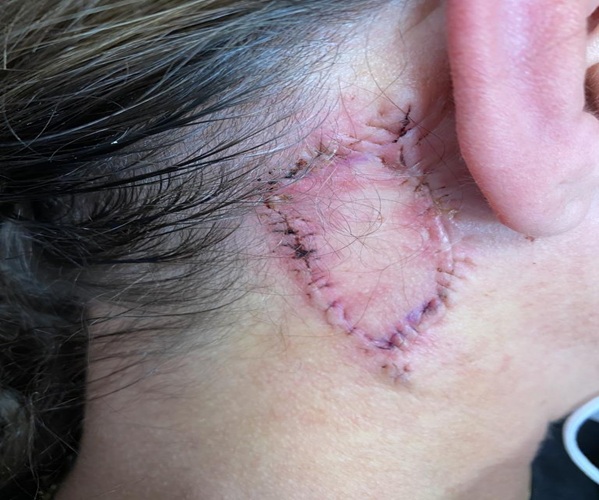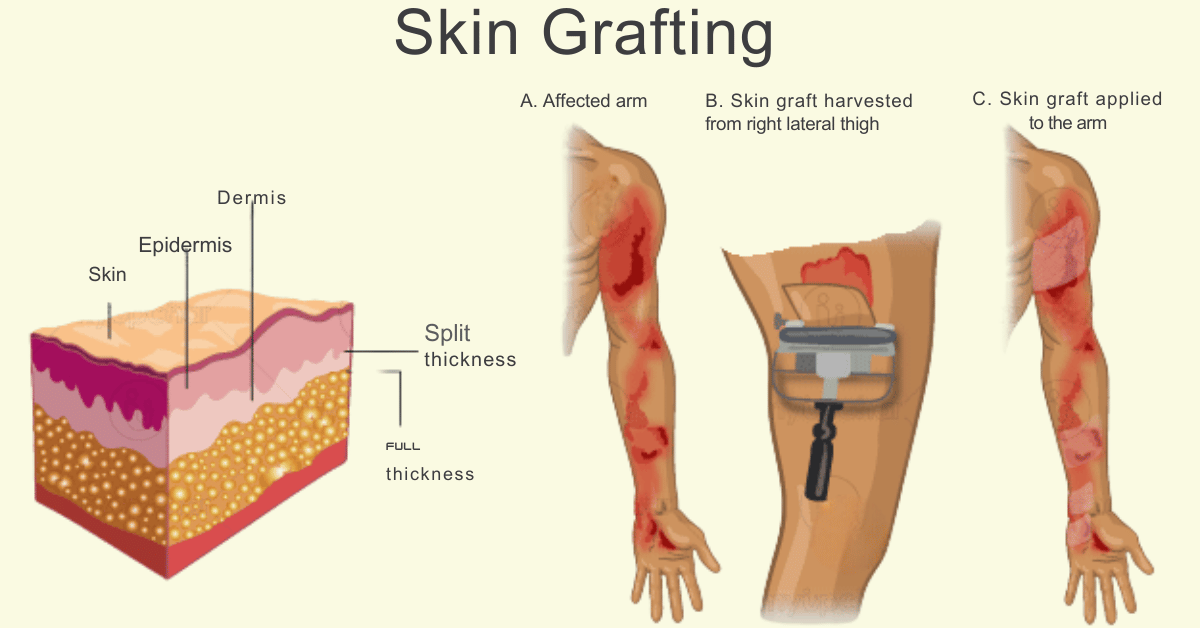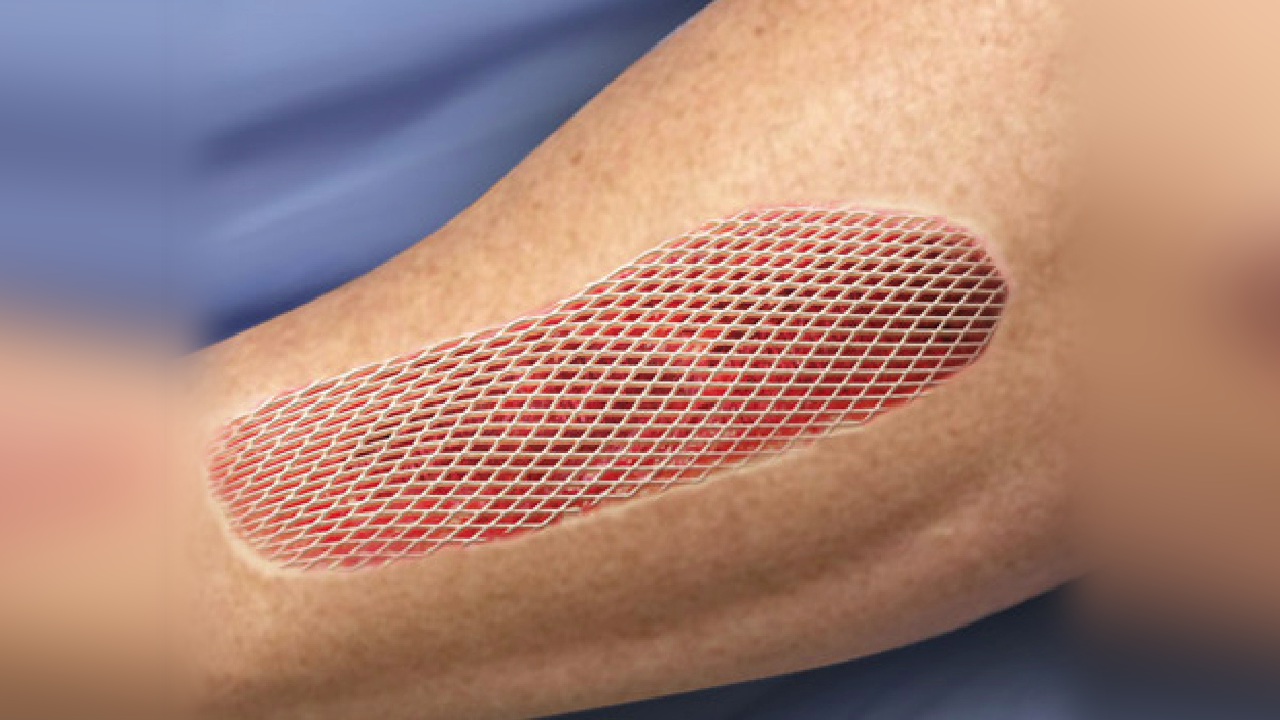Skin Grafting for Burn Victims in Mumbai
Skin Grafting for Burn Victims in Mumbai: A Path to Recovery
Burn injuries can leave both visible scars and deep emotional trauma. When skin damage is extensive, natural healing may not be possible without medical intervention. This is where skin graft surgery in Mumbai becomes a critical step toward recovery.
The procedure involves transplanting healthy skin from one part of the body to cover the damaged area, helping restore appearance, function, and comfort. This blog explores everything you need to know about skin grafts for burns—types, procedure, recovery, cost, and the trusted hands to consult in Mumbai.
What Is Skin Grafting?
Skin grafting is a surgical technique used to treat areas of the body where the skin is severely damaged, especially after burns, injuries, or surgeries. It helps in:
- Covering large wounds
- Preventing infections
- Reducing pain
- Improving movement and function
- Enhancing cosmetic appearance
Two main types are commonly used for burn victims:
- Split Thickness Skin Graft (STSG): Uses the top layers of skin. Heals faster and is often used for large surface areas.
- Full Thickness Skin Graft (FTSG): Involves all skin layers and is typically used for smaller, exposed areas like the face and hands for better cosmetic results.

Why Burn Patients Need Skin Grafts
Burn wounds that go deep often damage the dermis and underlying tissues. These injuries cannot heal with dressings alone. Without grafting, wounds may:
- Take too long to close
- Risk severe infection
- Lead to excessive scarring or contractures
- Result in loss of mobility or function
Skin graft for Burn wounds in Mumbai has become more accessible and advanced, offering faster healing and reduced complications.
How the Skin Graft Procedure Works
The process begins with a detailed evaluation of the wound and the donor site (often thighs, buttocks, or back). Once the wound is cleaned and infection-free, the surgeon follows these steps:
- Harvesting: Skin is carefully removed from the donor site.
- Preparation: The graft is trimmed and fitted to match the wound size.
- Attachment: The graft is placed over the wound and secured using stitches or surgical glue.
- Dressing: A sterile bandage and sometimes a vacuum dressing is applied to protect and promote healing.
The procedure is usually done under general or local anesthesia, depending on the extent of the area treated.

Post-Operative Care & Recovery
Recovery depends on the size and depth of the graft, as well as the patient's overall health. Here's what to expect:
- Initial Healing (5-10 days): The graft bonds to the wound bed and starts forming new blood vessels.
- Monitoring: Regular follow-up visits are essential to check for signs of infection or graft failure.
- Physical Therapy: Important to maintain flexibility in affected areas, especially joints.
- Donor Site Healing: Heals like a shallow wound; patients may feel soreness or itching.
Most patients return to normal activities within 2-3 weeks. However, complete healing may take several months.

Advantages of Skin Graft Surgery in Mumbai
Mumbai is a hub for medical care, and skin grafting is no exception. Patients benefit from:
- Experienced surgeons with reconstructive specialization
- Advanced techniques including meshed grafts and micrografting
- Modern hospitals with burn care units
- Affordable packages compared to international standards
If you're considering split thickness skin graft in Mumbai, the city offers specialized options with a focus on safety and long-term results.
Challenges and Considerations
Skin grafting is highly successful, but some risks and concerns exist:
- Graft rejection or failure
- Infection at donor or recipient site
- Uneven pigmentation or scarring
- Limited availability of donor skin in large burns
These can often be addressed through close follow-up and additional minor procedures.
Meet Dr. Vinay Jacob: Reconstructive Expertise You Can Trust
Dr. Vinay Jacob is a highly qualified and experienced Senior Plastic and Reconstructive Surgeon in India with over 25 years of practice. Dr. Jacob specializes in: Gender-Affirming Surgeries, Hand & Facial Rejuvenation, Nasal reconstruction & Respiratory Procedures, Limb Salvage & Prosthetics Integration, Body Contouring & Fat Reduction, Abdominal & Hernia Repair, Neurological & Pain Relief Surgerie, Breast Reconstructive Surgery
To book an appointment, contact the clinic directly.
FAQs
1. How painful is skin graft surgery?The procedure is performed under anesthesia, so you won't feel pain during surgery. Some discomfort is expected during recovery, but it is manageable with prescribed medications.
2. How long does a skin graft take to heal?Initial healing takes about 1 to 2 weeks. Full recovery—including scarring and color blending—can take several months.
3. Will I have scars after a skin graft?Yes, both the donor and graft sites may have scars. However, over time, appearance can improve with care, silicone gels, or laser therapy.
4. Can skin grafts fail?In some cases, yes. Graft failure can happen due to infection, poor blood supply, or movement. Surgeons take preventive steps, and a second graft may be required if needed.
5. What's the cost of skin graft surgery in Mumbai?Cost varies by hospital, area treated, and graft type. On average, it ranges from ₹25,000 to ₹1,50,000. Government hospitals may offer subsidized care.
Conclusion
Skin graft surgery in Mumbai offers a lifeline to burn victims, helping them regain functionality, confidence, and quality of life. From covering wounds to restoring appearance, the procedure is a critical step in comprehensive burn care.
With the right surgeon and post-op support, you or your loved one can move forward with renewed hope. If you're facing complications from burns or non-healing wounds, consult a specialist and explore the available options in Mumbai for a stronger recovery journey.

